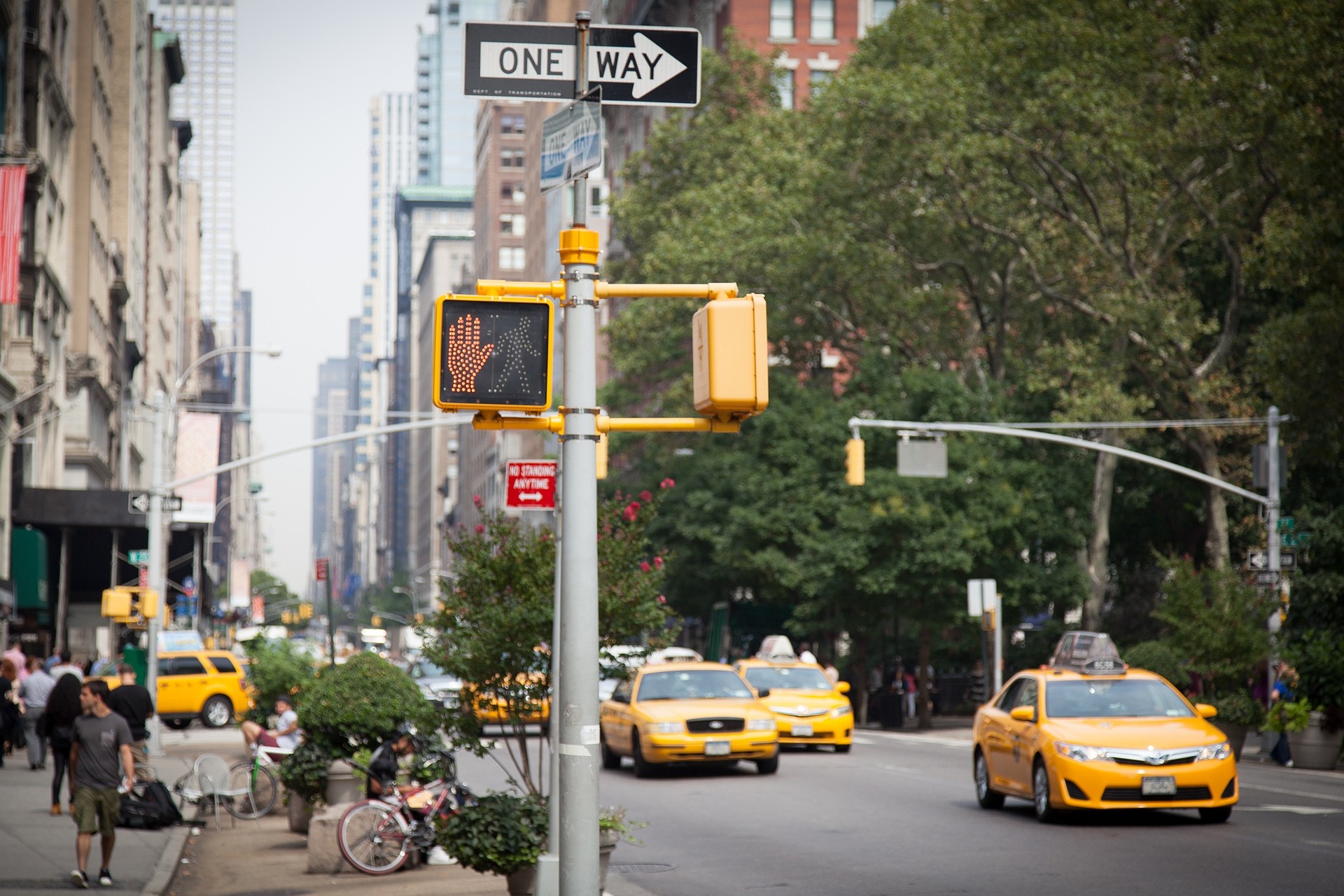Rediscovering the Charm of Pedal Power: The Resurgence of Bike Tourism
Bike tourism isn't a new phenomenon. The advent of the bicycle in the 19th century opened up a new world of travel possibilities. People discovered the joy of exploring their surroundings at a leisurely pace, taking in the sights and sounds that were often missed during faster modes of transportation. Over the years, bike tourism has evolved, with the introduction of more comfortable bikes, better road networks, and a growing awareness of the health and environmental benefits of cycling.

The Wheel of Change: The Contemporary Landscape of Bike Tourism
The contemporary landscape of bike tourism has seen a resurgence thanks to the increased focus on sustainable travel and health-conscious lifestyles. With advancements in cycling technology and infrastructure, an increasing number of travelers are choosing bikes as their preferred mode of transportation. Cycling tours are gaining popularity, with destinations offering scenic bike trails, bike-friendly accommodations, and even bike-themed festivals and events.
Pedaling the Path Less Taken: The Advantages and Challenges of Bike Tourism
Bike tourism offers a host of advantages. It allows travelers to take control of their pace and direction, offering an intimate, immersive experience. It’s also a sustainable, health-conscious way of traveling that leaves a minimal carbon footprint. However, it does come with its set of challenges. Long-distance cycling requires physical stamina and preparation. Weather conditions can also impact the cycling experience. Yet, these challenges often become part of the adventure, adding to the sense of accomplishment that comes with bike tourism.
Cycling through Facts: Intriguing Aspects of Bike Tourism
- The Netherlands, known for its extensive cycling culture, has more bikes than people. It’s a top destination for bike tourism with over 35,000 km of bike paths.
- The world’s longest continuous bike path is the EuroVelo 6 route, which stretches over 3,653 km from the Atlantic Ocean to the Black Sea.
- Bike tourism contributes significantly to local economies. According to a report by the European Cyclists’ Federation, cycle tourism in Europe generates over €44 billion annually.
- In a bid to promote bike tourism, France has set a goal to triple the number of bike tourists by 2030.
Round the Bend: Future of Bike Tourism
Given the current travel trends favoring sustainable, health-conscious choices, bike tourism is poised for significant growth in the future. As destinations invest in improving cycling infrastructure and promoting bike tourism, more travelers are likely to embrace the charm of pedal power. Whether it’s for the love of cycling, the allure of slow travel, or the desire to reduce one’s carbon footprint, bike tourism offers a unique, fulfilling travel experience.
Bike tourism offers a refreshing departure from conventional modes of travel. It brings us closer to our surroundings, offering a sense of connection often missed in the hustle of modern life. As we pedal our way through scenic landscapes, we not only explore destinations but also rediscover our own capacity for adventure, endurance, and joy.




